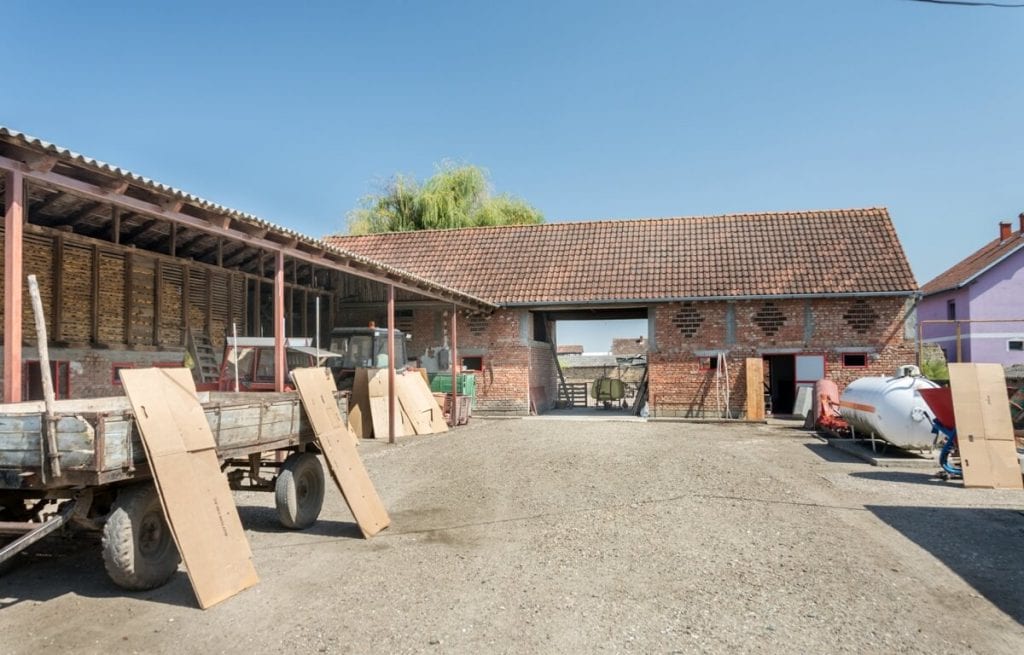Capital Gains Tax on Gardens and Grounds
When you sell your home, you might reasonably expect to pay no Capital Gains Tax (“CGT”) on the disposal due to the Principal Private Residence (“PPR”) Relief. And for most homeowners selling their home, that must be right as the PPR relief will exempt any gain from CGT if:
- the house has been your only or main residence throughout your period of ownership;
- you have not been absent for more than an allowed period of absence;
- the garden or grounds are not greater than the permitted area; and
- no part of your home has been used exclusively for business purposes.
The third requirement relating to the garden or ground has been in the spotlight recently as it is one of the methods by which HM Revenue and Customs (“HMRC”) can enhance tax revenues from higher value residential property.

The five step process
This brings into focus the procedure for determining your garden and grounds. There is a little known five step process whereby you should:
- determine the entity of the dwelling house or in other words which buildings qualify as your main residence;
- determine the extent of the garden or grounds or in other words which land occupied with the garden or grounds can be described as garden or grounds;
- determine the size of the permitted area, in other words if the garden or grounds are in excess of half a hectare, how much of the land is required for the reasonable enjoyment of the dwelling house as a residence;
- determine the location of the permitted area, in other words which part of the garden or grounds would be the most suitable for occupation and enjoyment with the residence; and finally
- apportion the proceeds of disposal and the acquisition cost between the part of the property qualifying for relief and the remainder.
This five step process needs to be followed in strict order to avoid the naturel process of going straight to step four and determining the location of the permitted area. Care should also be taken to avoid mixing up the requirement test in the third stage and the most suitable test in the fourth stage. It is also important to have addressed the first and second stages with larger properties or estates where there may be cottages, stables or outbuildings in addition to the main house which together may properly be regarded as the entity of the dwelling house.
The basic position is that if the garden and grounds of the residence, including the site of the dwelling house, do not exceed 0.5 of a hectare (5,000sq m or just under 1.25 acres), then relief is automatically due for the whole area. In some limited cases involving larger properties, if the site of the dwelling house exceeds 5,000 sq m, then an area in excess of 5,000 sq m will qualify for PPR relief, being the site of the dwelling and its garden and grounds.
If, as is more normally the case with larger properties, the garden and grounds of the residence exceed 0.5 of a hectare then relief may be available for a larger area if that larger area can fulfil the statutory test. Garden or grounds will include any enclosed land surrounding or attached to your dwelling house and serving chiefly for ornament or recreation. However, not all land you hold with your dwelling house is treated as the garden or grounds of that residence. You are not entitled to relief for land let or used for a business, for example, surrounding farm land. Similarly, land which at the date of disposal has been fenced or divided off from your garden for development, or has been developed or is in the course of development (for example, excavations under way for foundations, roads, services, and so on) won’t qualify. Fencing off land for equestrian purposes which it is intended is retained may point to land unfenced but being sold for development being regarded as part of the permitted location and therefore exempt from CGT. This is but one of many opportunities to reduce the impact of CGT on your garden and grounds when you sell your main residence.

Changes to CGT and residential property
UK residents must file a CGT UK property disposal return if a CGT payment is due on disposal of UK residential property. The date of completion determines when the CGT UK property disposal return must be filed and any tax due paid. The reporting and payment deadline is currently 60 days from completion. The 60-day deadline applies to completions on or after 27 October 2021. A 30-day deadline applied previously from 6 April 2020.
If there is no gain due to PPR, or no CGT due for payment, there is no requirement to file a CGT UK property disposal return.
Where that is not the case, you will need to get focused on calculating the gain soon after the sale, as late filing penalties and interest will apply in cases of not making the return or failing to pay within the 60 days allowed (30 days for disposals completed on 6 April 2020 to 26 October 2021).
Good records will need to be kept to calculate the gain, for example the purchase price, subsequent acquisitions, any improvements expenditure and incidental professional fees. It may also be necessary to instruct a valuer to assist in calculating the gain and any apportionment between permitted area and non-permitted area.
Non-UK residents must file CGT property returns on all disposals of land and property not just residential property (subject to limited exceptions for ‘excluded disposals’), even if they have not realised a gain and no CGT payment is due.
Do you need help with the CGT on your garden and grounds?
If you would like to discuss these issues with Capital Gains Tax, and how they may affect you, please contact a member of our team today on 020 3195 1300.


